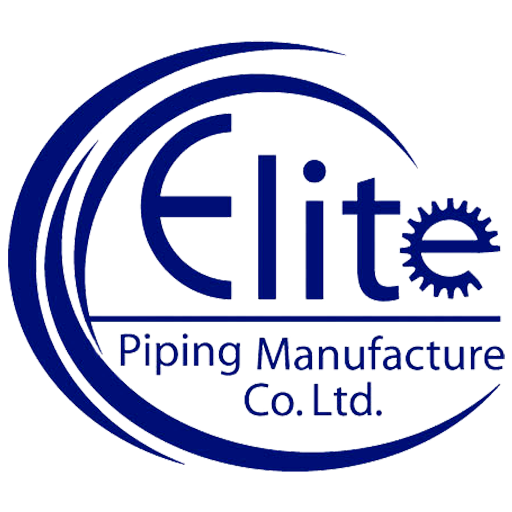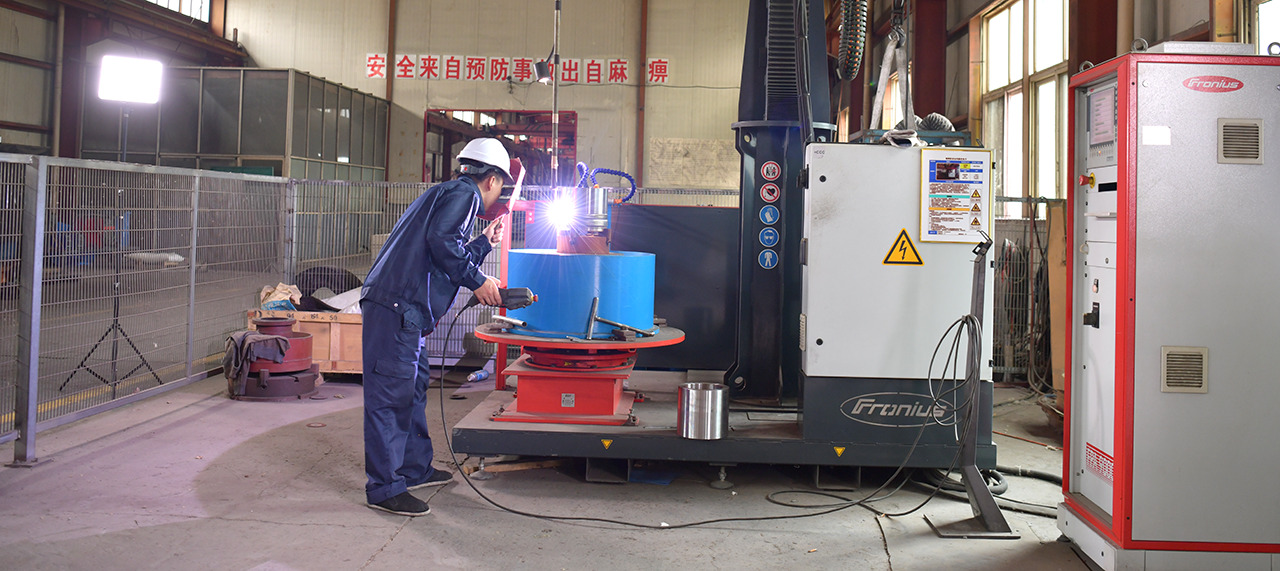Share this
The production process of automatic stack welding flanges is as follows:
1. Design and planning: Firstly, design the flange drawing and specifications based on the required specifications and requirements. Determine the type, size, material, and welding requirements of the flange.
2. Prepare materials: Prepare the required flange materials according to the design requirements. Typically, metallic materials such as carbon steel, stainless steel, etc., are used. Ensure that the materials comply with relevant standards and specifications.
3. Process flange parts: Use machining tools such as CNC machines to process the flange parts according to the design drawings. This may involve cutting, drilling, milling, turning, etc.
4. Clean and prepare welding surfaces: Before the stack welding process, ensure that the flange parts’ surfaces are clean and smooth to achieve good welding quality. Remove impurities, grease, and oxides, and treat the welding surfaces using appropriate methods.
5. Set up welding equipment: Set up the welding equipment, including welding machines, electrodes, welding wire, and gases, based on the material type and welding requirements. Ensure the correct operation and debugging of the equipment.
6. Automatic stack welding: Use automated welding equipment or robotic systems to perform welding according to the set program and parameters. Typically, automatic stack welding involves welding multiple weld seams, requiring precise welding paths and process control.
7. Inspection and quality control: After welding is completed, inspect and perform quality control on the welded joints. Non-destructive testing methods such as X-ray and ultrasonic testing can be used to examine the weld seam quality and ensure compliance with specifications and requirements.
8. Surface treatment and coating (optional): Perform surface treatment such as grinding, polishing, etc., on the welded flange if required. If corrosion resistance or aesthetics are needed, coating or plating treatments can be applied.
9. Final inspection and packaging: Conduct a comprehensive inspection of the final flange products and package and label them according to requirements. Ensure the quality and integrity of the products.
Please note that the specific production process of automatic stack welding flanges may vary depending on the manufacturing company, equipment, and processes involved. The above steps provide a general overview of the production process, and actual operations should be adjusted and performed according to specific requirements and standards.

